Darning mushrooms and darning eggs are the key tools of all darning stitches. But isn’t both the same? Not really. I used to think that too before. But my perspective changes whenever I look closely into it.
There are huge differences between darning mushroom vs egg. Well,
The darning mushroom has a rounded top for mending larger, flatter areas, while the darning egg is smaller and oval-shaped, ideal for repairing tighter, curved spots like socks or gloves. That’s the main difference between darning egg vs mushroom.
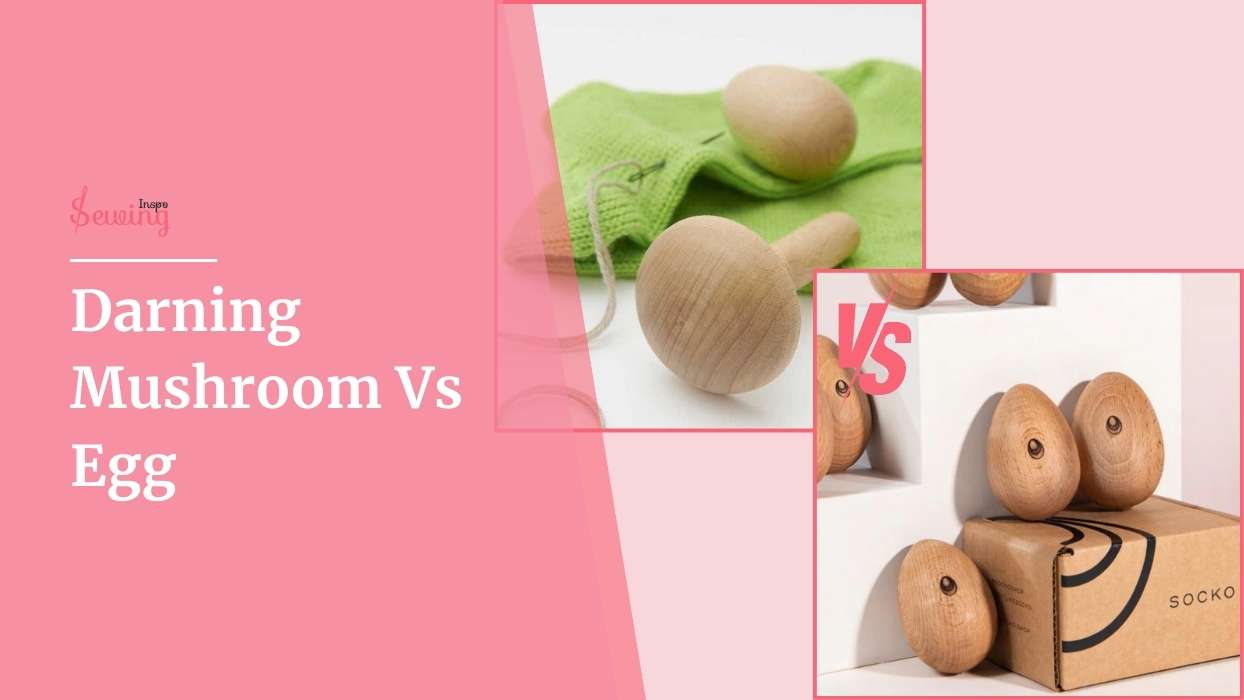
The difference is the difference between darning and mending, right? Not clear yet? Ok, let’s discuss this more in detail and make your sewing stitches by hand journey easy.
Darning Egg Vs Mushroom Comparison
Both terms are used synonymously with each other. But is that true? Not really. Before comparing them, let’s learn about darning mushroom vs darning egg individually.
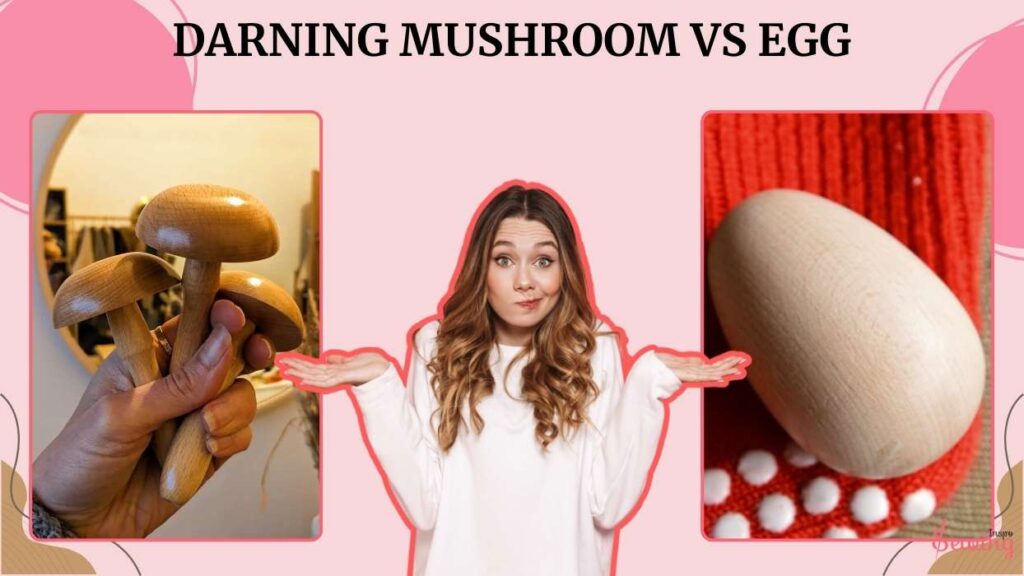
What Is A Darning Mushroom?
A darning mushroom is a classic sewing tool shaped like a mushroom, it has a rounded, smooth “cap” on top and a handle underneath. These are the perfect tools for all darning techniques. This tool makes doing every darn pattern easy. That’s why the tool egg mushroom is so well known.
It makes it easy to hold and maneuver. The cap provides a firm, curved surface that helps stretch the fabric evenly. It makes weaving new threads into the damaged area easier without distorting the original material. You can use this to patch fabric.
I use these tools to list sewing stitches, and they make the sewing process easy.
So, What is a darning mushroom used for? Well,
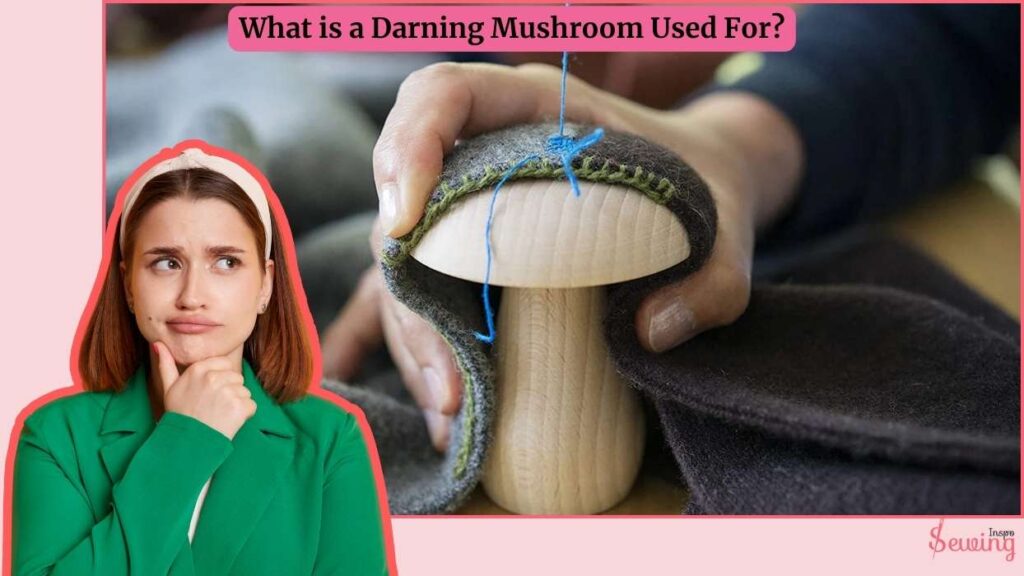
It is used to repair holes or worn fabric areas, typically in socks, sweaters, or other knitwear But if you darn stitch in needlepoint, then you don’t need it.
The fun fact is,
Darning mushrooms come in various sizes & materials. The smallest ones, like needle kits, are about 10 x 5.5 cm, while others, like the Hikaru Noguchi collection, range from 9 to 12.5 cm tall, with tops around 7.5 to 8 cm wide. This size is perfect for all kinds of sewing stitches.
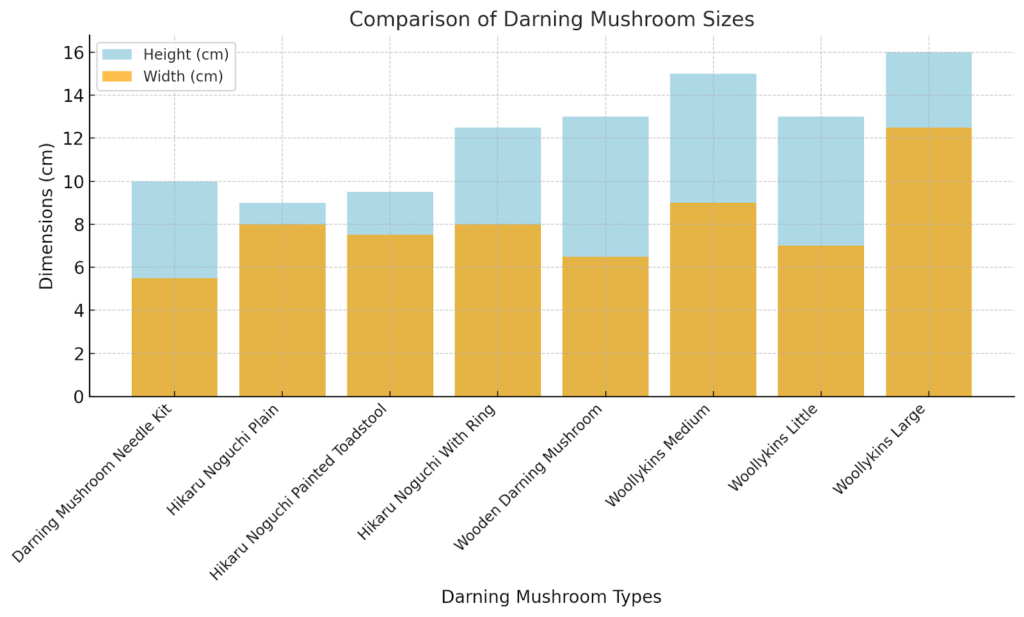
Wooden mushrooms typically measure 6.5 cm wide and 13 cm long, and Woollykins offer sizes from a petite 7 cm to a large 12.5 cm in width, with heights varying from 13 to 16 cm. 13 is the best size for linen darning stitch.
15 cm is perfect for Japanese darning stitch. Cause the size is easy to handle.
Handmade mushrooms often have slight size variations. But each is designed to make darning a breeze. But its size varies depending on what you are working on. For example, scotch darn needs smaller mushrooms than regular ones.
What Is A Darning Egg?
A darning egg is a sewing tool shaped like an egg (hence the name) made from wood, plastic, or even metal. The smooth, rounded surface of the egg provides a stable and curved base. This is also called a darning ball.

So, What is a darning egg used for?
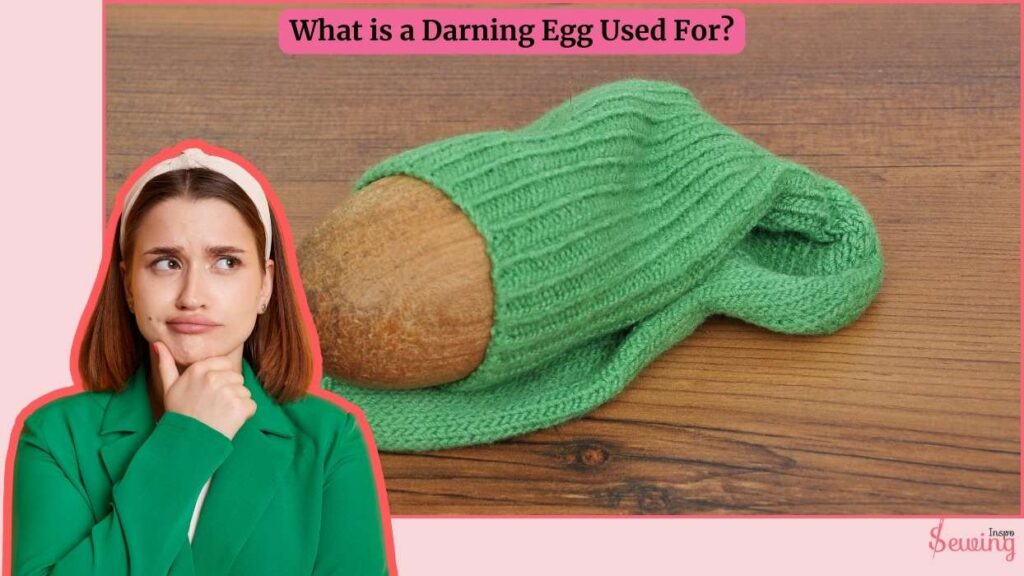
It allows you to stretch the fabric over it. This creates an even working area for stitching. It is especially helpful for repairing curved areas like heels or toes of socks. You can even use it for woven darning or surface darning stitch. I use darning eggs for invisible darns most.
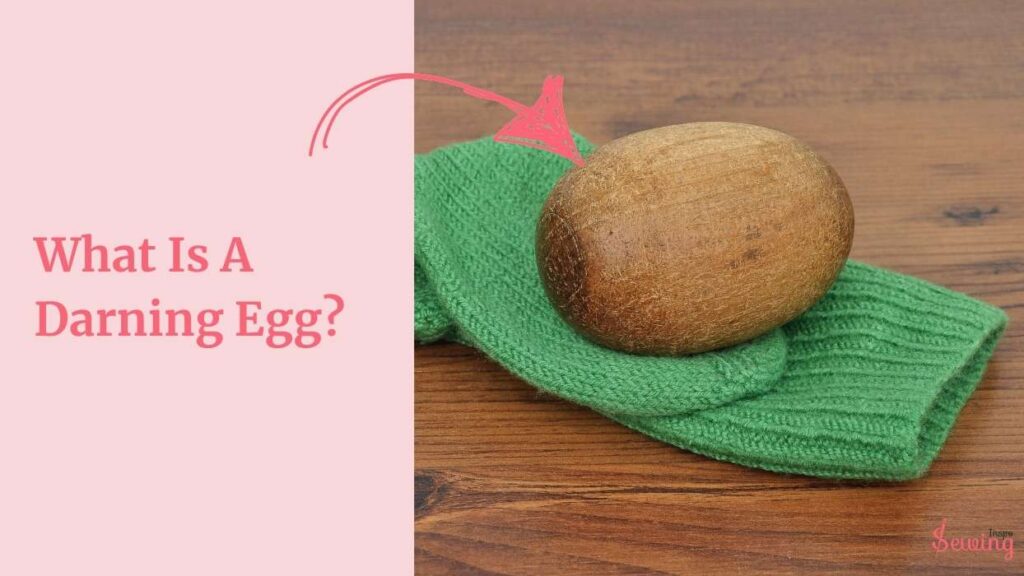
The darning egg prevents puckering and helps you create neat, sturdy stitches. It’s a simple yet indispensable tool for anyone who enjoys practical sewing or sustainable fashion!
Darning Mushroom Vs Egg
Now you must differentiate them differently, right? But still, here is the side by side comparison.
| Feature | Darning Mushroom | Darning Egg |
| Shape | Mushroom-shaped with a flat or slightly domed top | Egg-shaped with a smooth, oval surface |
| Best Use | Ideal for larger or flatter areas like sweaters or invisible darn | Perfect for curved surfaces like socks and gloves |
| Material | Often made of wood, sometimes plastic | Typically wood, plastic, or metal |
| Grip | Comes with a handle for easier holding | Compact, held entirely in the hand |
| Versatility | Better for intricate designs or embroidery repairs | Better for small, round areas with tighter curves |
| Aesthetic Appeal | Often decorative, with painted or carved designs | More utilitarian in design |
| Skill Level | Suitable for a wide range of projects | Ideal for beginners focusing on basic mending |
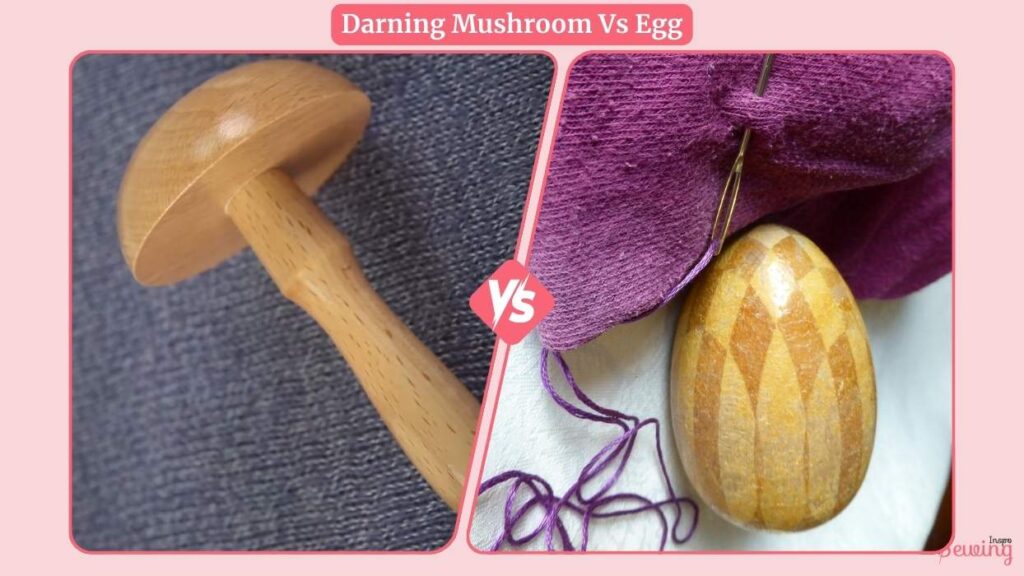
Darning Egg Vs Mushroom Size
The difference isn’t just about looks and purpose. They both differ in size too. Here is how,
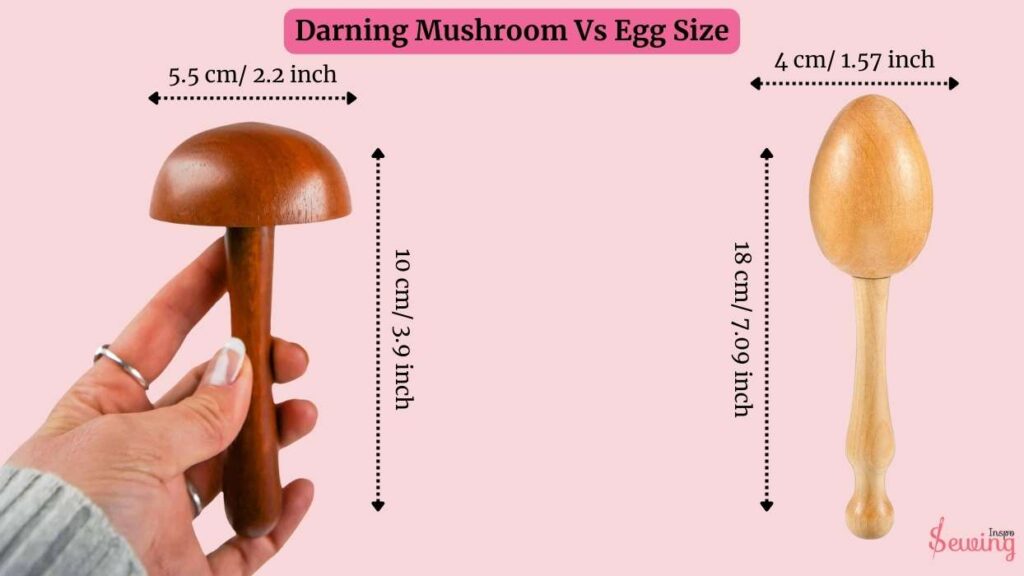
| Feature | Darning Mushroom | Darning Egg |
| Overall Size | Larger, with a wide, flat, or domed top | Smaller, compact, egg-shaped |
| Surface Area | Larger surface, better for big repairs . It is perfect for twill stitch | Smaller surface, ideal for tight curves |
| Handle | Comes with a handle for better grip | No handle; fits directly in the palm |
| Ideal for Small Holes | Can be a bit bulky for tiny holes | Perfectly sized for small, precise repairs |
| Ideal for Large Holes | Better suited for larger, flatter areas | Limited due to its compact size |
| Portability | Slightly bulkier; less portable | Lightweight and easy to carry |
If size is your main concern:
- Choose a darning egg for precision and portability.
- Go for a darning mushroom if you want a larger working surface for diverse projects.
Which Is Better, Darning Egg Or Darning Mushroom?
If you’re deciding between a darning egg and a darning mushroom. It really depends on what kind of mending you plan to do most often.
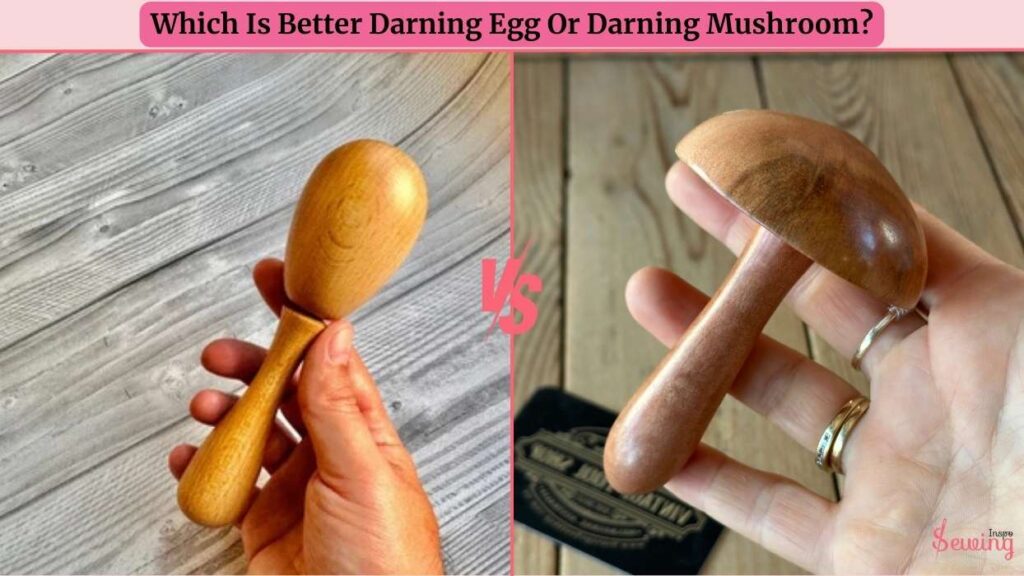
I’d go for the darning egg if you mostly fix socks or small, rounded areas. It’s compact, smooth, and perfect for those tight curves like heels and toes. Darning egg for socks makes mending work easy.
But if you’re dealing with larger repairs,
A darning mushroom might be your best bet, like sweater elbows or pant knees. The flat, wider top gives you more surface area to work with, and the handle makes it super easy to grip while stitching.
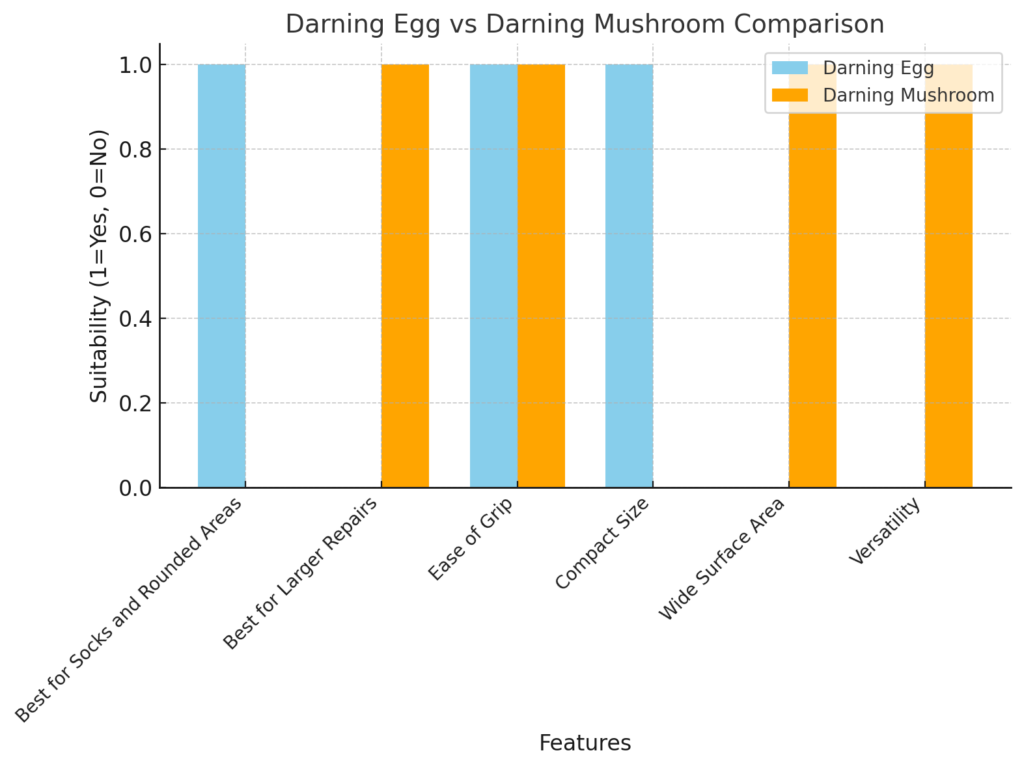
If you are asking What can you use instead of a darning mushroom?
Having both could be handy if you see yourself mending a mix of things.
But I’d probably choose the mushroom if I had to pick just one.
Darning Egg Alternative
There are a few simple darning egg alternatives you can use! You can try using a lightbulb or even a smooth, round object like a tennis ball.
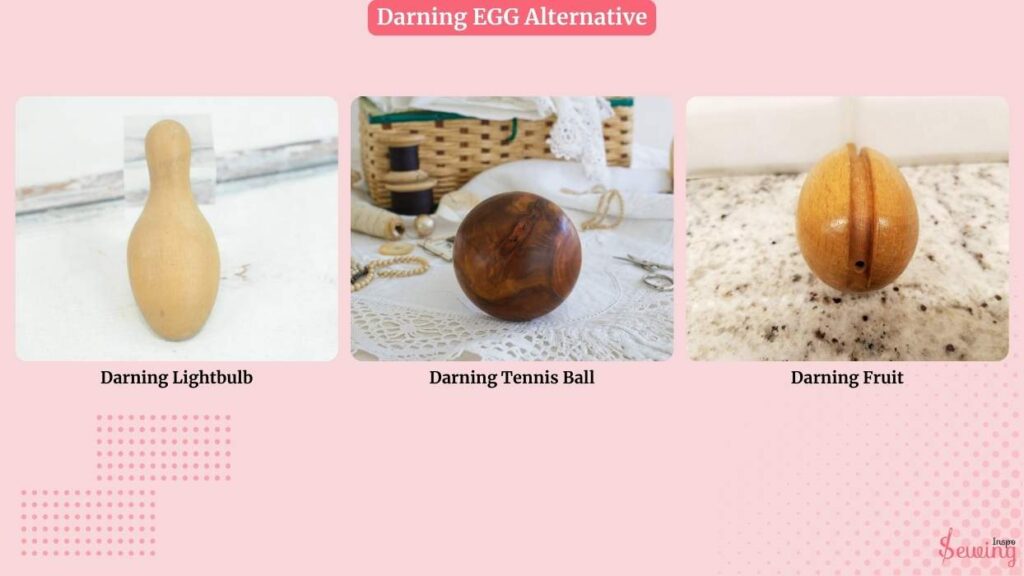
You can use those rather than a darning egg or mushroom, And if you don’t wanna spend anything, then use a wooden spoon handle, or a rolling pin can work in a pinch.
Basically, anything that gives you a smooth, round surface to stretch your fabric over while you darn will do the trick! Just make sure whatever you use is sturdy enough to hold the fabric taut while you work.
Or You Can Use Darning Ball
A darning ball is a small, egg-shaped tool usually made of wood. It’s used to keep the inside of a sock or garment stretched tight while you repair holes with a darning stitch. It is also sometimes called a darning egg.
It is especially for things like socks or sweaters with holes. It’s usually a smooth, rounded object. It is often made of wood or plastic and resembles a small mushroom.
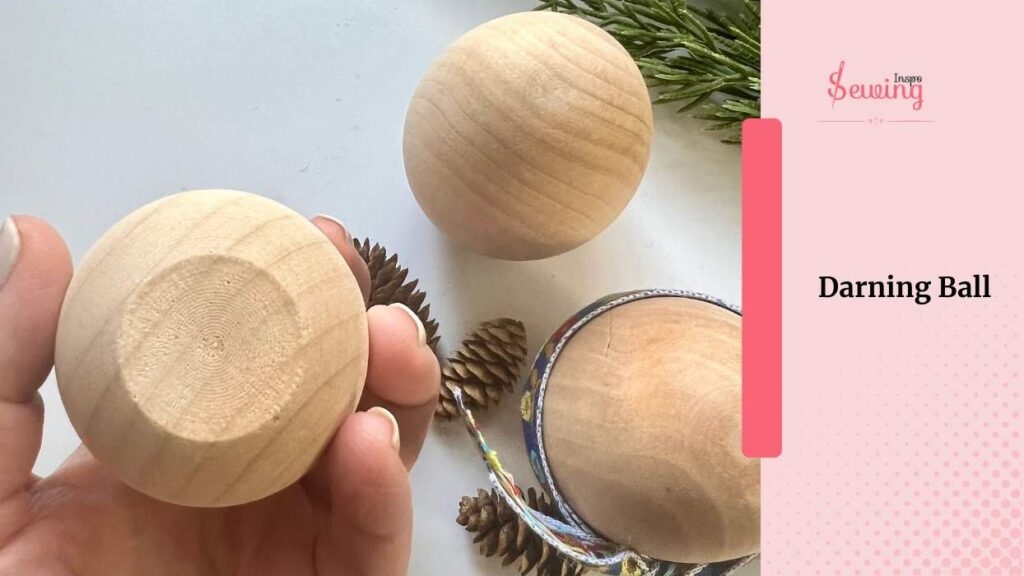
Final Thought
So yes that’s the difference between darning mushroom vs egg. Both are equally important tools for darning stitches. But choose whichever you want for your sewing tools for your sewing project.



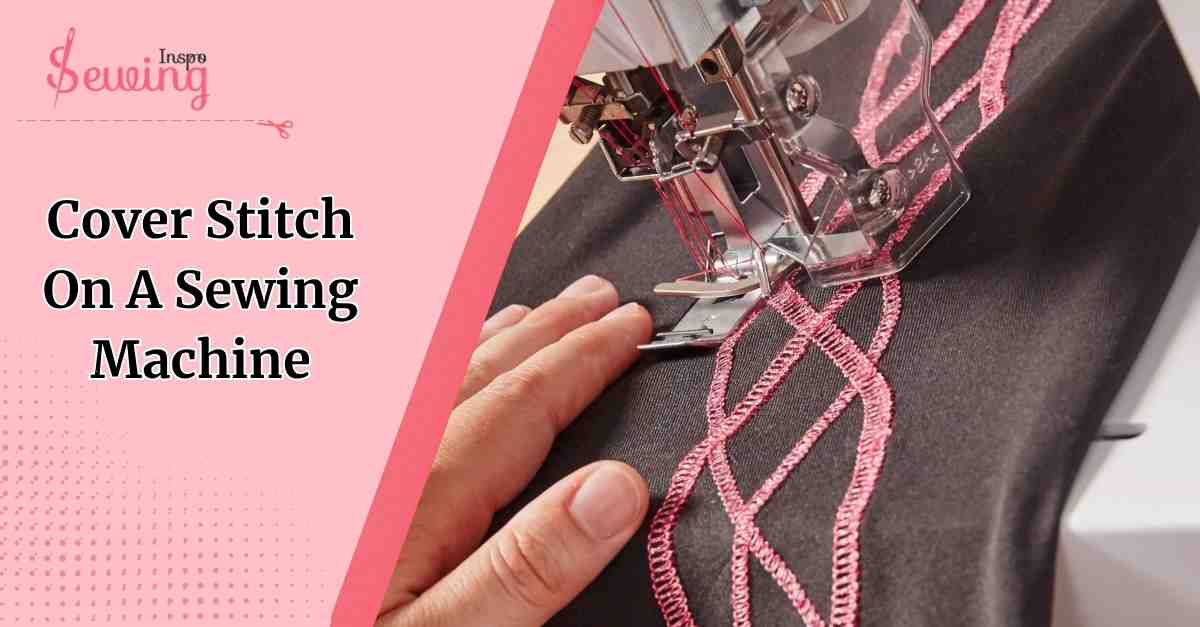
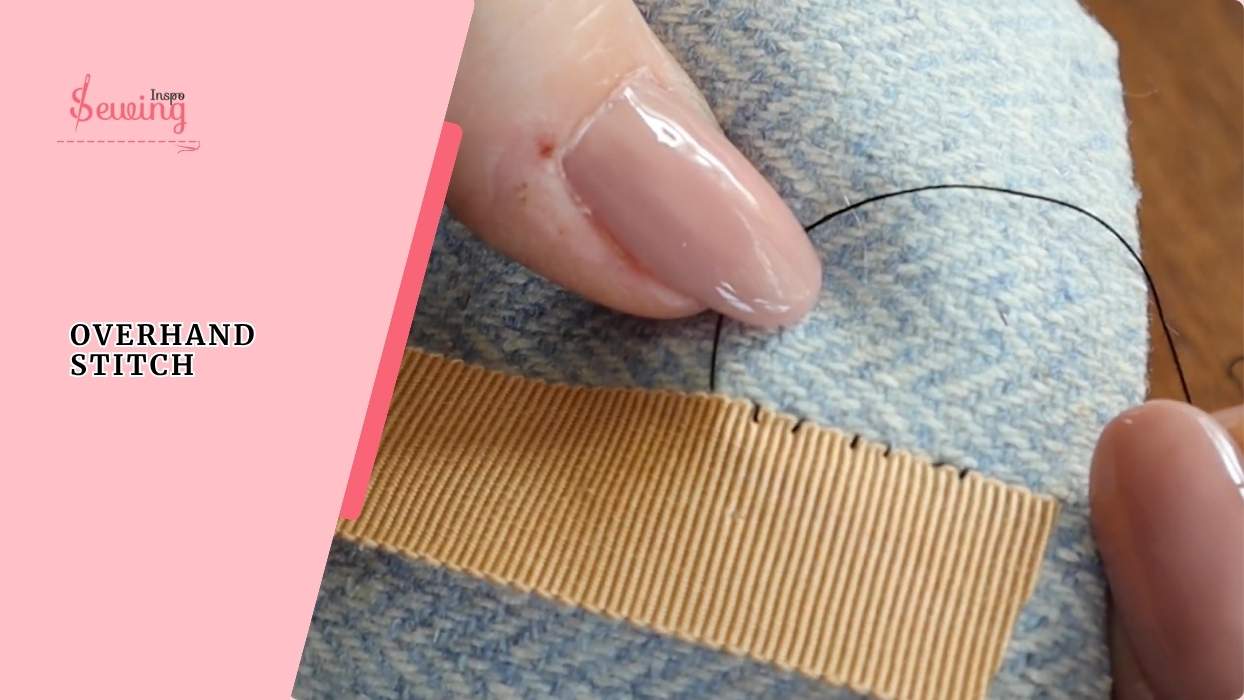
Leave a Reply